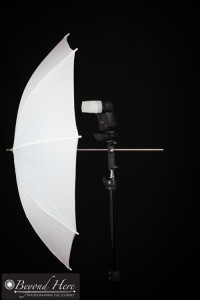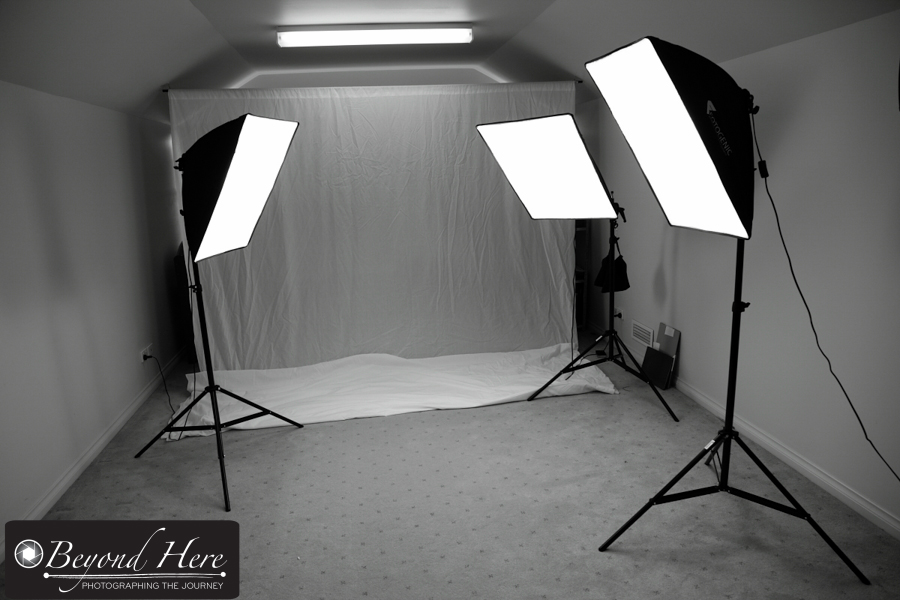Today’s featured photographer on Beyond Here is Janet Hastings. Janet lives and works in Melbourne, Australia and operates her business as Janet Hastings Photography. Read on to learn more about Janet, her business, and how she operates.
Janet, tell us about Janet Hastings Photography ….
Janet Hastings Photography was born through the encouragement of my family following the birth of my twin grand daughters. I have always had a camera in hand, and have honed my skills over many year producing stock photography. This had always been a hobby and a way to fund my photography equipment. When my grand daughters arrived, my love affair with newborn photography began. Within a few months I was following this new dream of developing a photography business specializing in newborns, maternity, and baby’s first year. To get my dream off the ground I went back to study to gain qualifications in photography. I never want to stop learning.
I am never happier than when I am creating beautiful memories for new parents of their newborn’s earliest days.

Janet aims to capture the essence of a newborn. Image copyright Janet Hastings Photography.
How do you describe your photographic style?
I love to capture the pure essence of a newborn baby. For me, this means minimal props, with a focus on simplicity. I love to capture real memories of these earliest days – the serenity of a sleeping newborn, the unexpected facial expressions, right down to the tiny squishy lips, little toes, fingers and the tiniest fingernails. I also love to capture the essence of the relationship between new parents and their tiny baby. I know the images I create will become treasured family keepsakes.
While you use minimal props, what are your favorites?
My main props include a large variety of backdrop throws – soft and snuggly blankets in various colors and textures which set the color palette for each part of the newborn shoot. I then select complimentary wraps, bonnets, nappy covers and sometimes a special keepsake that the parents would like included. I have a variety of wicker baskets and tubs that I layer with faux furs and other fabrics to make a snuggly nest for baby. Prior to the session, I discuss with my clients their color preferences and home decor to ensure that the color palette of the blankets and props compliment their style as well as my creativity.
How do you prepare for a new born shoot?
I have a home studio dedicated to newborn photography. It has a large posing pod, backdrops and continuous lighting using soft boxes to soften and diffuse the light. I shoot with a Canon 7D which is ideal for my style of photography. I particularly enjoy using my Sigma Art Series 35mm lens for newborn photography, but will swap around with my other lenses for variety.

It is important to have a studio environment where parents and baby feel at ease. Image copyright Janet Hastings Photography
It is so important that the parents feel relaxed and at ease during the photoshoot. I have a comfortable couch in my studio where parents can relax and generally feel at home while I photograph their baby. I provide a feeding cushion and privacy during feeding times. I do request that one of the parents assist when I am posing and photographing baby. I will never force a baby into a pose that they don’t seem comfortable with. Every baby is different as some are more flexible than others. Some curl beautifully while others like to stretch their little legs and my role is to work with the differences and still create memorable images. Baby definitely sets the pace and flow of my sessions which can last 3 hours or more.
Newborns have difficulty regulating their body temperature so I always heat the studio. While it can become uncomfortably hot for the adults, baby will be cozy and more likely to drop off to sleep for those beautiful, serene, sleepy images I hope to capture. I also use white noise which helps an unsettled baby to relax and drift off to sleep.
What is your most memorable session?
I have had many memorable moments, both fun and challenging. With newborn photography you need to expect the unexpected. I let parents know that ‘little accidents’ are bound to happen, and when they do we simply clean up and move on. It is just a part and parcel of newborn photography. I remember, during one of my early photo shoots, when a dad ended up with a handful of the ‘unexpected’. He didn’t know what to do for a moment but handled the situation so well. After the clean up we moved on with a very successful session. I’m sure that will be one of the stories that comes to mind when his daughter turns 21!
The challenging moments usually relate to fractious babies – the newborns that love to be cradled in their parents arms and instantly become upset when laid down. The greatest asset during a newborn session is patience and time. I am a naturally patient person which assists greatly when I am working with an unsettled baby. I usually succeed in settling a newborn to sleep during their shoot. I employ techniques I have learned through being a mum and more recently a grand mother. I have often been asked by a new parent if they could take me home after their session! Have you heard of the baby whisperer?

Image copyright Janet Hastings Photography
What are your keys to an efficient work flow?
My work flow commences before I even meet my clients. The first contact is usually by phone or email. I then provide information regarding cost and preparing for a newborn session. I ask my new client to complete a pre-session questionnaire which gives me insight into their style, their home decor and what they are hoping to achieve from their session.
After the session I use Lightroom to rate and short list the images to 30 to 40 of the best images which I present to my clients. I make basic adjustments to these images in Lightroom, and then export to Photoshop where I edit for skin tone, blemishes etc. My aim is to present images that truly reflect baby’s earliest days, so often I will leave flaky skin which is so typical of a newborn. The end result is a dreamy, serene style that parents love.
The parents return for a Portrait Preview Session approximately 3 weeks after the shoot. I use ProSelect software to conduct this session where parents choose the images they wish to use for their end products. That may be framed or block prints, canvases, keepsake albums and image boxes. Often clients will order enlargements or mini albums as gifts for grandparents.
How do you generate new clients?
Word of mouth is the best advertising – a happy client is always willing to refer you. I run a referral program so that the referring client receives a voucher for a future session if someone they refer books and completes a session with me.
The importance of social media cannot be understated. My website showcases my work, generates business and includes my blog (which is linked to social media). My facebook page is also an important aspect of my advertising program. With my clients permission I post one or two preview images on facebook following a shoot which my clients happily share with their facebook friends. I always watermark these images so that my business name is shared as well.
I occasionally offer model calls via my facebook page which are very popular. Participants receive a set number of prints for their time. During these sessions I can be free to work on new concepts and ideas and I use these as my professional development time. Model call sessions often result in further portrait sales and I make sure that my models and their parents enjoy the experience. These assist with word of mouth advertising too.
If you had 3 tips for photographers starting out in new born photography, what would they be?
Never stop learning – become a sponge to soak up all the information you can about your equipment, newborn posing techniques, editing software and marketing.
Don’t be discouraged if obtaining clients is slow at first. Persistence is vital to build your brand and your business. Be prepared for slow times at first, and use these times to develop your skill, learn something new, or develop advertising ideas.
Value yourself and your time. Make sure that you charge appropriately for your services. Take into account your time and talent for the photo shoot and the hours you put into post processing. You also need to cover your costs for website hosting, affiliations, public liability insurance etc. Most importantly, don’t sell yourself short.
What does the future hold for Janet Hastings Photography?
In January 2015 I gained accreditation with the Australian Institute of Professional Photography (AIPP) which has opened up a whole new world of inspiration and opportunities. I plan to continue to grow my business, to be a life long learner and an inspiration in my field of newborn photography.
Thank you Janet for sharing your story and your tips.
To see more of featured photographer Janet Hastings work please visit her website at Janet Hastings Photography.

Image copyright Janet Hastings Photography





























